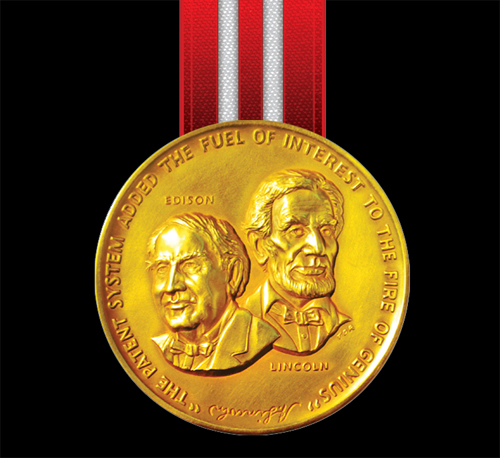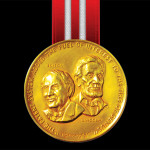National Inventors Hall of Fame Inductees Announced

 The National Inventors Hall of Fame (NIHF) and the United States Patent and Trademark Office (USPTO) have announced their list of the 2015 National Inventors Hall of Fame Inductees. In order to be considered for induction, nominees must possess a valid United States patent that has had a profound effect on both scientific and social progress.
The National Inventors Hall of Fame (NIHF) and the United States Patent and Trademark Office (USPTO) have announced their list of the 2015 National Inventors Hall of Fame Inductees. In order to be considered for induction, nominees must possess a valid United States patent that has had a profound effect on both scientific and social progress.
This year’s inductees are:
George Alcorn invented the Imaging X-ray Spectrometer, which significantly improved the ability of scientists to identify materials through their visual X-ray spectra and to gather analytical data on remote solar systems, including distant planets and stars.
Mary-Dell Chilton conducted research in agricultural biotechnology that resulted in the first transgenic plant, which has made it possible to develop crops with increased yields, resistance to insects and disease and the ability to tolerate adverse environmental conditions.
Jaap Haartsen led the invention of Bluetooth®, a wireless communications technology for the connection of devices over short distances. The market for Bluetooth® devices in 2014 was 2.7 billion devices and the Bluetooth® Special Interest Group (SIG) has more than 20,000 member firms using the technology in their products.
Kristina M. Johnson and Gary Sharp are recognized as pioneers in polarization-control technology. Their inventions enabled high-speed spectrometers, color-management for business projectors and projection TVs, and the 3D digital-cinema. Their technology made it possible for movie-goers to see high-quality 3D at their neighborhood cinema, including movies such as Avatar and hundreds since.
Shuji Nakamura invented the blue light-emitting diode (LED), considered groundbreaking in the field of semiconductor research. His blue LED enabled the elusive white LED, and he also invented the blue laser diode used in Blu-ray technology.
Surgeon John Burke (honored posthumously) and MIT engineering and chemistry professor Ioannis Yannas collaborated on research Burke was conducting for burn patients. Together, they developed the first commercially reproducible artificial human skin that encouraged and facilitated new skin growth.
Edith Clarke (honored posthumously), a pioneering female electrical engineer, invented a graphical calculator that greatly simplified the calculations necessary to determine the electrical characteristics of long electrical transmission lines.
Marion Donovan (honored posthumously) invented a waterproof diaper cover, a predecessor of the disposable diaper; she patented it and sold the rights for $1 million. Constantly creating inventions to meet life’s everyday needs, she is credited with being one of a small number of successful women inventors of her era.
Charles Drew (honored posthumously) was an African-American physician and researcher renowned for his groundbreaking work in blood plasma preservation.
Thomas Jennings (honored posthumously) invented a process that he called “dry-scouring” – what we now call dry cleaning – and received a patent for his process in 1821, becoming the first African-American to be granted a patent.
Paul MacCready (honored posthumously) changed how people thought about aviation with his invention of the Gossamer Condor, the first human-powered craft.
Stanford Ovshinsky (honored posthumously) was a prolific inventor who specialized in amorphous materials that resulted in dramatic improvements in battery technology, electronics and solar power. Ovshinsky had more than 400 United States and international patents, including many related to the nickel-metal hydride battery and the field of alternative energy.
Established in 1973, the National Inventors Hall of Fame is currently located on the campus of the United States Patent and Trademark Office in Alexandria, VA. Its primary purpose is to recognize individuals responsible for significant technological and scientific accomplishments that benefit both our society and humanity as a whole.
Inductees, past and present, will be celebrated and honored for their achievements at a three-day induction ceremony in Washington D.C. hosted by Mo Rocca. The event will run from May 11-13 and will include a symbolic illumination ceremony at the USPTO Campus, a VIP reception at the Smithsonian American Art Museum and National Portrait Gallery, as well as a symposium at the Smithsonian’s National Museum of American History sponsored in part by the Lemelson Center for the Study of Invention and Innovation.
The new inductees will also have the honor of helping to judge the Collegiate Inventors Competition.
